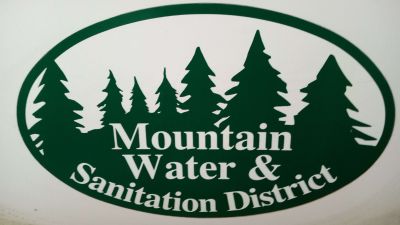Please make every effort to continue conserving water.
Appliances
- Only run the dishwasher and clothes washer when they are fully loaded.
- When washing dishes by hand, use two basins - one for washing and one for rinsing rather than let the water run.
- Your clothes washer is the second largest water user in your home, after the toilet. Buy a water efficient washer next time you need one.
- Running a full load of dishes in a dishwasher should save water over washing the same dishes by hand.
Toilets
The Number One Water User
- Leaky toilets can waste as much as 1600 gallons each day.
- Install an ultra low-flow toilet that requires only 1.6 gallons per flush.
- Check toilets periodically for leaks and repair them promptly.
- Reduce the amount of water used by an older toilet by placing a one gallon plastic jug of water in the tank to displace toilet flows. Or you can install a "dam" that partitions off a section of the tank so it can't fill with water. These methods can save over 1,000 gallons of water per person per year.
- Don't use the toilet as a trash can.
Showers
- Take a quick shower rather than a bath and save an average of 20 gallons (76 liters) of water.
- Install a water-efficient showerhead with a flow rate of less than 2.5 gallons per minute. (Replace an existing shower head if a one gallon bucket placed under the flow takes less than 20 seconds to fill.)
Sinks
- Repair dripping faucets and leaky toilets. Dripping faucets can waste about 2,000 gallons of water each year.
- Install aerators on your kitchen and bathroom faucets to reduce indoor water use by as much as 4 percent.
- Turn off the water when brushing your teeth or shaving and save more than five gallons per day.
- Clean vegetables in a sink or pan partially filled with water rather than running water from the tap.
- Re-use the water that vegetables are washed in for watering houseplants or for cleaning.
- If you wash dishes by hand, rinse them in a sink partially filled with clean water instead of under running water.
- Instead of waiting for tap water to get cold enough for drinking, keep a bottle of water in the refrigerator.
- Defrost frozen food in the refrigerator or in the microwave instead of running water over it.
Sources: American Water Works Association, http://www.www.awwa.org/

